Subsidies in the Private Sector: The Tip of an Iceberg?
Earlier Contraceptive Gap Analysis (CGA) reports sparked debate over use of the term “private sector”, particularly since sales within that sector reflect both subsidized and fully commercial prices.
New data from social marketing organizations
The soon to be released 2019 CGA builds upon new data shared by DKT, MSI, PSI, and SHOPS Plus that distinguish between the purchase of supplies at subsidized and non-subsidized (market-value) prices. This allows it to present two different financing models: one that is purely market driven, the other that relies on some degree of support from the public sector. The findings suggest that across the 135 low- and middle-income countries (LMICs), only a small percentage (12%) of private sector users receive subsidized products. When countries are segmented by wealth, subsidized private sector commodities play the largest proportional role within the low-income countries. In upper-middle income countries, by contrast, the subsidized private sector is virtually non-existent.
CGA2019 — to be released on 31 July 2019
The 2019 Commodity Gap Analysis—to be released on 31 July 2019—breaks new ground by setting aside the troublesome dichotomy between social marketing and fully commercial actors. It focuses instead on the supplies they sell, whether they be at full commercial prices, or at prices subsidized in some way by the public sector. For this analysis, who sells in the private sector is less important that the cost structure of what they sell.
